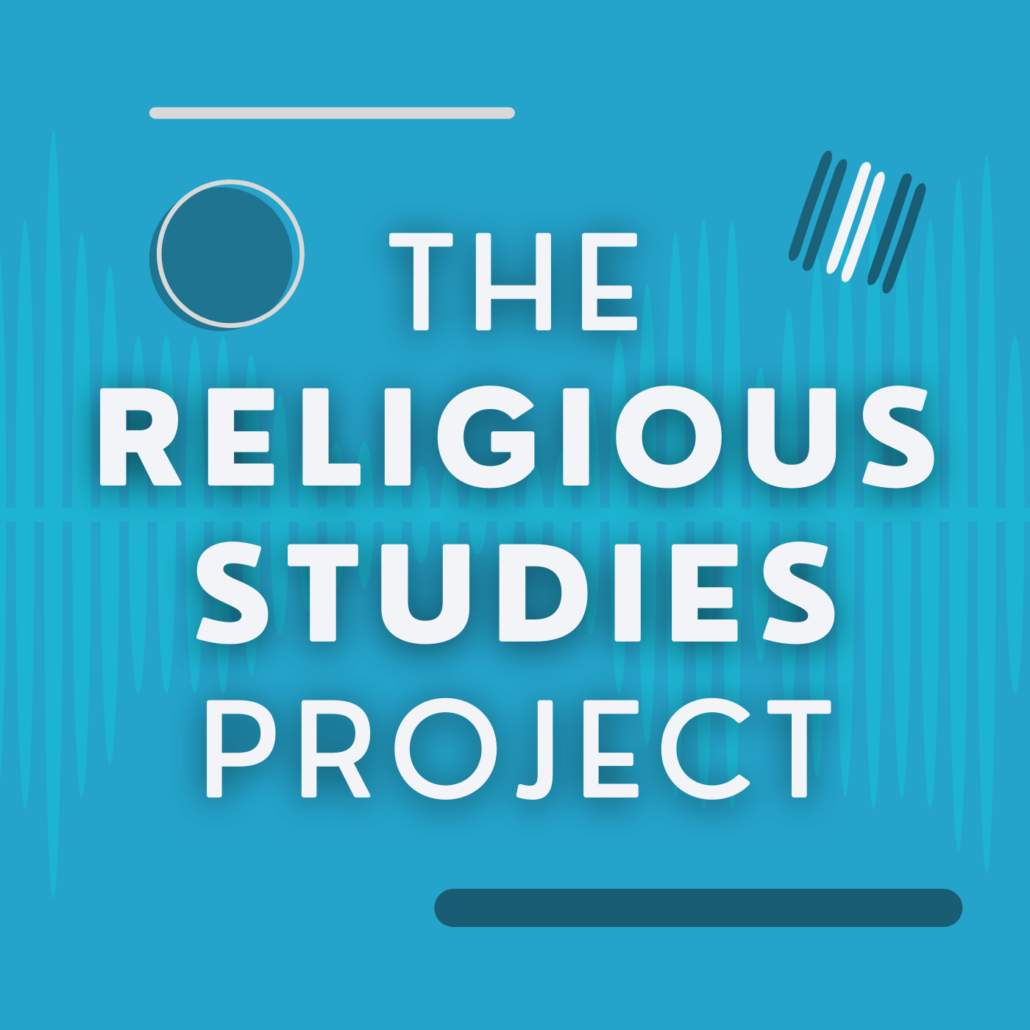Authority Online: Construction and Implications
By Louise Connelly, University of Edinburgh, UK
Published by the Religious Studies Project on 2 October 2013, in response to Pauline Hope Cheong’s interview on Religious Authority and Social Media (30 September 2013).
Pauline Hope Cheong is Associate Professor at the Hugh Downs School of Human Communication, Arizona State University. She has written extensively on the subject of digital religion and specifically the subject of religious authority. In a recent interview with Christopher Cotter, she provides an insight into her research on the subject of religious authority online and focuses the discussion to include: how authority manifests online, strategic arbitration, constructing tradition, performance, and this emerging research area. In this review, I highlight some of the key points from the interview, as well as discussing Buddhist authority online.
Strategic Arbitration & Performance
Cheong argues that there is strategic arbitration by the clergy (religious leaders), as they are often having to select and interpret competing online texts, as well as negotiate texts presented by their congregation. Strategically arbitrating texts instils a responsibility and element of labour in which the religious leader needs to address both the impact of technology and the cultural shift in how people engage with technology. Consequently, the clergy need to manage this situation in order to maintain legitimacy within the organisation.
Cheong argues that some religious leaders may embrace the use of digital media, rather than shy away from it, as there are many advantages to being ‘connected’ online. An example given in the interview is the use of the micro-blogging platform known as Twitter and how tweets (140 characters or less) might serve as micro sacred texts to followers. Thus, the clergy can potentially engage with a much wider and more diverse audience (geographically and culturally) than would be possible in the face-to-face environment. Cheong refers to a forthcoming article on ‘top clergy tweeters’ and the possible explanation for their success. She argues that their success may be attributed to their willingness to share personal aspects of their life via Twitter and therefore building a more intimate relationship with their followers. Nonetheless, they often only share what is ‘culturally acceptable’. By constructing tweets which intentionally select topics and shy away from ‘less favourable’ topics, it could be argued that this is a type of online public/private performance.
New and evolving research
There are a number of disciplines which have taken an interest in the emerging area of religion online, including religious studies, media studies, and cultural studies; to name but a few. Cheong highlights that “in the digital age, adherents, audiences, listeners, communities of shared practice and shared memory, and various ‘publics’ are now active in the production, circulation, imbrication, selection , and re-making of ‘the religious’ and ‘the spiritual’” (Cheong et al., 2012, p.xii). However, understanding how authority manifests online and is negotiated offline is an area needing further attention. Cheong proposes that future research could include an examination of religious apps and how authority is communicated through such apps (see Wagner, who proposes six categories of religious apps, 2012, p.102-105); as well as an exploration of religious authority and other cultures and languages (not just North America) use of online media. The latter would provide a comparative analysis of authority, which is a research area also proposed by Dawson and Cowan (2004, p.10-11).
Cheong’s interview provides a valuable insight into how different media platforms are being used by religious individuals and organisations. Understanding the relationship between religion, media and culture enables us to gain a greater awareness of the potential implications for religion due to cultural changes and technological developments in the twenty-first century.
Virtual Buddhism and Authority
I would now like to continue the discussion of authority on the internet by providing some examples of how Buddhist authority is manifesting online. The examination of Buddhism on the internet is an emerging area and includes a small number of studies which have addressed the issue of Buddhist authority online (see Cheong et al. 2011; Baffelli et al. 2011; Connelly, 2012). Cheong et al. focus on how Buddhist clergy use new and old media, whereas Baffelli et al. examine Japanese New Religious Movements and their use of video sharing sites as a means to instill authority. Other research examines Buddhist ritual in the online virtual world known as Second Life and questions whether online Buddhism, or ‘Virtual Buddhism’ could result in changes to Buddhist authority, community, identity and ritual – both online and offline (Connelly, 2010; 2012).
Buddhism in Second Life can be found in a number of locations, such as the Buddha Center (http://secondlife.com/, in-world address, 137, 130, 21). It is here that avatars (online personas) can participate in virtual meditation, spin prayer-wheels, or visit the temple or Deer Garden. The virtual activities, artefacts and locations at the Buddha Center often replicate those found offline, thus providing a sense of authenticity (Connelly, 2010, p.19). Many of the meditation sessions or talks are led by ordained Buddhist monks or nuns and therefore, could be said to legitimate their sense of authority online. On the other hand, the Buddha Center is not affiliated with one specific school of Buddhism and includes Zen, Theravada and Tibetan Buddhist practices and artifacts One of the founders of the Center, Delani Gabardini (in-world name) maintains that this creates a type of “universal Buddhism” (Connelly, 2010, p.15). Examples of virtual locations, activities and individuals such as those found at the Buddha Center enable us to examine how Buddhist identity, community, ritual and authority manifests online and the possible challenges and implications which may arise, for Buddhism, both online and offline (Connelly 2012, p.134).
Buddhist religious authority online is an area which needs further exploration, so that we can truly understand how the internet is providing an opportunity for new forms of religious authority and leadership to develop, while at the same time establishing traditional religious authority. It will also help us to answer questions, such as who has the “true legitimate voice for a particular religious tradition or community” (Campbell 2012, p.76).
Additional Resources
P.H. Cheong website http://paulinehopecheong.com/
Virtual Buddhism blog http://virtualbuddhism.blogspot.co.uk/
References
- Baffelli, E., Reader, I. & Staemmler, B. (2011). Japanese religions on the internet: innovation, representation, and authority. Routledge.
- Campbell, H. (ed.). (2012). Digital religion: understanding religious practice in new media worlds. London: Routledge.
- Cheong, Fisher-Nieleen, Gelgren & Ess (2012). Digital religion, social media and culture. New York: Peter Lang Publishing.
- Cheong, P.H., Huang, S. & Poon, J.P.H. (2011). “Cultivating Online and Offline Pathways to Enlightenment”. Information, Communication & Society, 14:8, 1160-1180.
- Connelly, L. (2010). “Virtual Buddhism: An Analysis of Aesthetics in Relation to Religious Practice within Second Life”. 4.1 ed., Heidelberg Journal of Religions on the Internet
- ________. (2012). “Virtual Buddhism: Buddhist Ritual in Second Life” in Digital Religion: Understanding Religious Practice in New Media Worlds, H. Campbell (ed.), pp. 128-135. London: Routledge.
- Dawson, L. L. & Cowan, D. (eds.) (2004). Religion Online. London, Routledge.
- Wagner, R. (2012). Godwired: Religion, Ritual and Virtual Reality. New York: Routledge.



